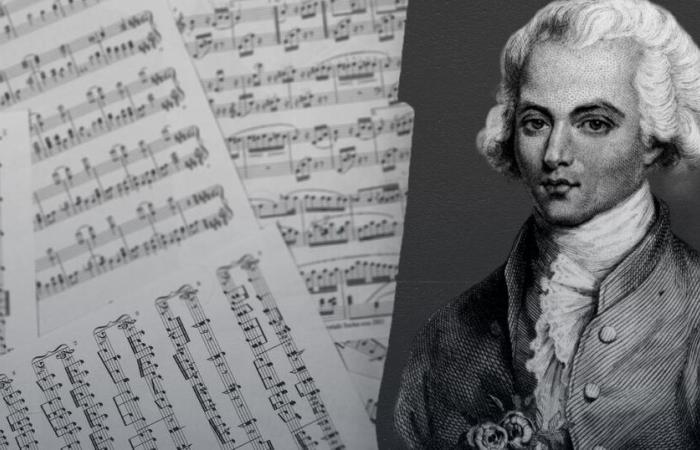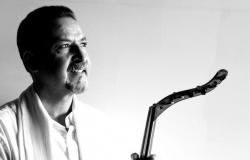
A documentary rehabilitates Joseph Bologne, a virtuoso musician and liberal spirit who was forgotten after the Revolution.
The destiny of the Chevalier de Saint-George (1739-1799) is reminiscent of a novel. Hollywood, fond of heroes sticking to the canons of our time, understood this well and made a film from it, Chevalier, released in 2022. Son of a slave and high-flying fencer, gifted composer and valiant soldier, man of court and spirit, this character embodies in his own way the Age of Enlightenment, its possibilities and its shortcomings. This documentary allows us to understand why, in particular thanks to the long interventions (the authors were visibly angry with the principle of editing) of Alain Guédé, former journalist at Chained duckbiographer of Saint-George and leader of his thuriferians.
Son of an aristocrat and a slave named Nanon, Joseph Bologne de Saint-George was born in 1745 in Guadeloupe. With two essential assets: he was rich, he was handsome. His influential father, upon their return from the West Indies, decided to raise him like a prince. Riding lessons complement fencing lessons. The child sometimes lets go of the foil to pick up a bow, and learns Music. « By offering her such an education, the Count of Bologna brought this child to the face of the French nobility and forced them to welcome her »summarizes Alain Guédé.
The knight becomes an outstanding swordsman. His prowess took him to travel to Europe. This exact contemporary of Haydn wrote music at the same time and, after a losing battle, made it his main occupation. His works and his virtuosity earned him a notoriety that surpassed that of an Austrian named Mozart. Their posterity will take contrary paths.
Ambassador of Enlightenment
Close to the future regicide Louis-Philippe of Orléans, Saint-George embraced the ideas of the Enlightenment and became its ambassador on the other side of the Channel. Rich biographical sequences, which could have been better illustrated on screen. This former confidant of Marie-Antoinette became an officer in the National Guard during the revolutionary period. He repelled the attack of the French general Dumouriez, supported by the European coalition, on the city of Lille, in 1793. Liberal ideas could only seduce this gentleman, cultured and freemason, who had ended up suffering from being a “mulatto”, to use the expression of the time. He had been excluded, at the time of Louis XVI, from the direction of the Royal Academy of Music because of the color of his skin.
After the arrival of Bonaparte to power, who reestablished slavery in 1802, the name of Saint-George, who died in 1799, disappeared from conversations. His biographer speaks of a « apartheid » which lasted two centuries, until concerts and official honors once again paid tribute to him. The term is not appropriate, but his works, it is true, were only rediscovered and appreciated late.
What are they worth, anyway? No doubt this was the essential question. The multiple pieces heard during the documentary, played in particular by Julien Chauvin and Le Concert de la Loge, allow us to measure the melodic qualities of this composer, who was perhaps not the “black Mozart” that we have often praised. , but a talented musician. Romantic figure of the Revolution and free spirit in his century.





